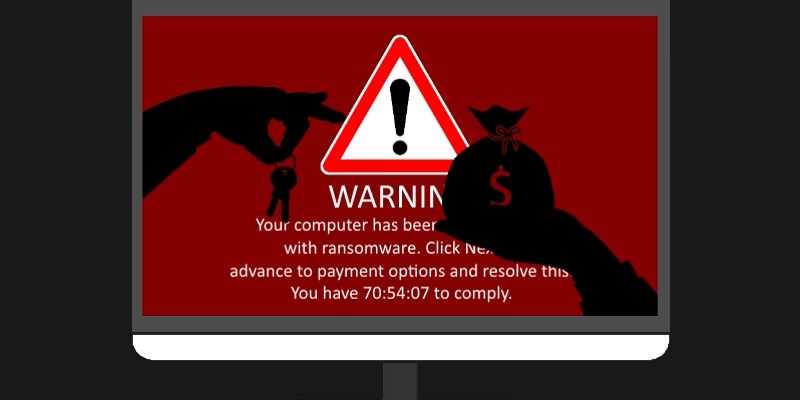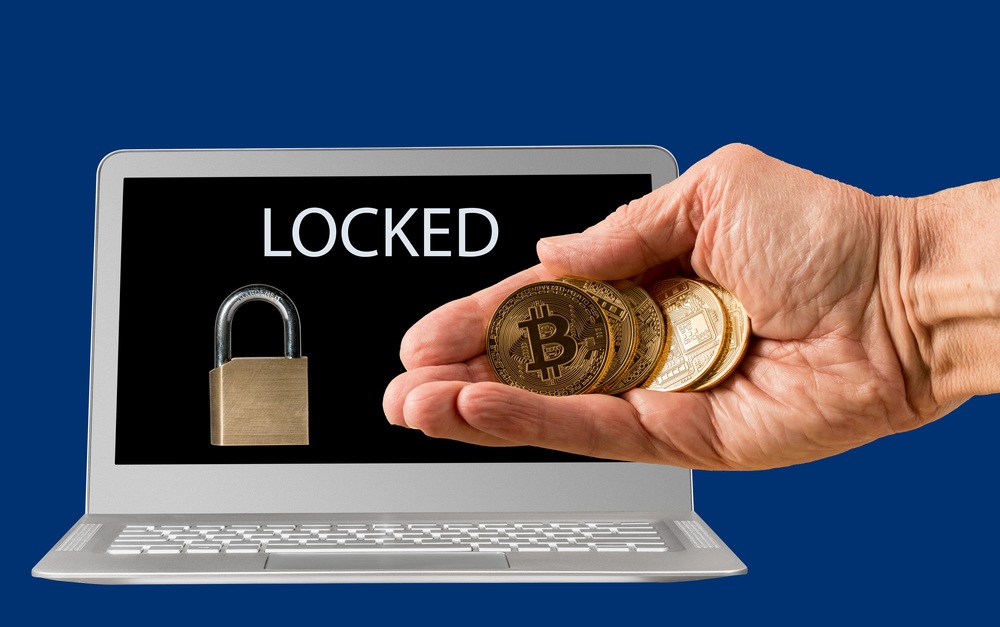Blogs
Home / Blog


Ransomware is one of the major security threats impacting business from around the world. In fact, a company is hit by a ransomware attack every 40 seconds and these attacks are growing at a rate of 350% annually. From making your sensitive data inaccessible to giving security professionals and business owners sleepless nights, ransomware has shaken up the cybersecurity landscape.
Thankfully, there are ways to protect your business from ransomware attack but for that you will have to first detect ransomware attack. You will only be able to succeed at it if you know about the warning signs. That is exactly what HostNOC will tell you in this article.
In this article, you will learn about telltale signs that will help you in detecting a ransomware attack.
Here are seven warning signs you should keep an eye on when spotting ransomware.
One of the first thing you will notice if you are infected by a ransomware attack is a ransomware notice. It will display a message that tells you that your data stored in your database or best dedicated servers has been encrypted and you will have to pay ransom to get access to your data. This can be frustrating but is the first sign that you are in trouble. These notices are displayed prominently on your website because hackers want you to know that your data is in their control.

Another sign for a ransomware attack is that cybercriminals might ask you to pay the money in bitcoins. In fact, 98% of ransomware attacks ask for cryptocurrency as payments. The reason behind this is that this cryptocurrency can not be tracked by cybersecurity experts and even law enforcement agencies. Bitcoin transaction has no trace and trail which makes it almost impossible to track.
Hackers can easily identify whether the victim has paid the ransom or not by looking at a public blockchain. Moreover, cybercriminals can also use unique payment addresses for every victim. That is not all; once they have set separate payment address for each victim, they can also automate the process of decrypting the files and giving the access back once the payment has received.

In most cases, cyber attackers will also give you a time frame to pay the ransom. The payment deadline could be mentioned on the notice or on a different location. If you fail to pay the ransom before the deadline, they will increase the ransom manifolds and give you another deadline. Failure to meet the second deadline will force the hackers to destroy your data and you will never get your data back.
Launching a large-scale ransomware attack that targets enterprises requires a lot of resources. That is why such attacks are coordinated by armies of hackers. They have a highly organized network and increase their power by recruiting infected PCs into botnets. This allows them to conduct future attacks. Furthermore, this allows them to infect other PCs connected to the same local network. The more PCs they can infect, the more damage they can do and with each new PC, their power multiplies.

What makes ransomware attacks so dangerous is that they are hard to detect. Unlike other types of malware, ransomware encrypts communication of a PC with its command server. Additionally, it also takes advantage of traffic anonymizer. Due to this, you can never detect where the malware originated.
Advanced ransomware attacks use sophisticated evasion techniques that help them to slip through the radar undetected. They can easily bypass traditional antivirus software. Depending on the speed of the computer, it can take anywhere from a few hours to few days to completely encrypt all files.
Ransomware attacks use unbreakable encryption to encrypt your data so you can not decrypt it and get access to your data back. What’s worse, such attacks can encrypt any type of file irrespective of its format. This means that all your audio, video and documents can be encrypted, and you cannot decrypt it yourself. Locker ransomware uses unbreakable encryption and locks the victim out of the operating system. Everything from access to a desktop to apps to user files can be impacted due to such attack.
Most ransomware use data exfiltration technique. This technique allows hackers to extract data from infected computers. In addition to extracting data, it also sends that data to a server which is controlled by hackers. As a result, hackers can easily steal and encrypt your data you end up losing access to your files. In order to protect your files from getting infected by ransomware, make sure to keep a backup of your files so you can easily restore it and get access to it even if a ransomware attack makes it inaccessible.
How do you spot a ransomware attack and which warning signs do you look for? Let us know in the comments section below.
Enter your email to receive the latest news, updates and offers from HostNoc.
